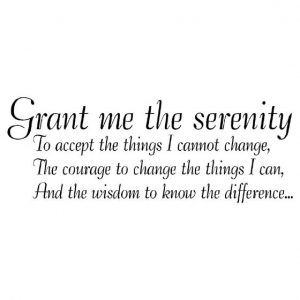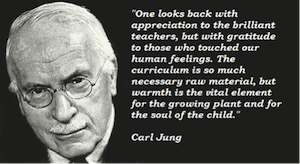Last year our Division took a giant leap forward when our own teachers developed common math assessments for grades 1-9. Through grade level meetings supported by our Director of Learning, teachers met and created these assessments. The assessments were given near the end of the school year. During the next couple of weeks, our grade level meetings will be reviewing the results, refining the assessment and engaging in high quality conversation on teacher practice!
I’m extremely proud of our ability to engage our teachers and develop a common assessment with them and not to them. And I’m most grateful for the effort of our teachers and leaders. It speaks well to the culture that continues to develop in our schools and throughout our Division. But what is most important is what is now occurring in these follow up meetings.
- Reviewing the results: Whether you want to believe in accountability to the government or assurance to parents, results count! While everything in education can’t be measured, there are things that can and should be measured. Systems, whether in education or business need some data to objectively understand current state and then utilize it to drive forward improvement. One might get some push back with the argument that the assessment didn’t provide any new information. Good… it shouldn’t for great teachers and therefore the assessment should confirm their beliefs. But I’ve also learned that sometimes are own perceptions (call it professional judgment) and our reality may not be as aligned as we want to admit. I’ve learned a great quote from the world of business that I use in these situations; “Trust and verify.”
- Refining the assessment: There is no perfect assessment. While some companies may try to sell you the “perfect assessment”, there is none! Assessment creation should be an ongoing process. Did we ask the right question here? Did the students understand what we really wanted to know? What might have been an improved method of questioning? Every assessment should be reviewed to ensure high quality. The beauty of the common assessment is that we are engaging in the review in collaboration and with collective professional judgment. The dialogue challenges are own thoughts and leads to what I believe is the most critical reason for employing common assessments- improving teacher practice.
- Teacher practice: Common assessments allows for common language. We now can engage with a common understanding of the same data. This is where (in a trusting environment) we begin to ask each other about our practice. “Your students did well in this area, what were some of the strategies you used.” It is no longer acceptable and highly irregular to go into our classrooms, shut the door and teach in isolation. Teaching is far too complex even for the best of the best! Teachers as professionals are constantly improving their practice and being cocooned in their own classroom is not the most effective way of developing. Gathering around common assessments (especially those that are teacher created) and confronting the brutal facts, the highs and the lows will impact pedagogy in the classrooms.
It has taken years for our school division to get to a point where developing teacher common assessments was accepted and encouraged. I’d be a fool to believe that every one of our teachers is on the same page. But when I step into our grade level meetings and listen to the conversations around pedagogy, I know that we are on the right path. Because in truth, unless individual teachers and then groups of teachers engage in honest dialogue around their own teaching practice with common assessments large scale improvements will never occur. And when you hear that statement and you remember back to why you became a teacher, that is just not acceptable to the kids coming into our classrooms today or tomorrow. Embrace common assessments and challenge your teaching practices…it is just the right thing to do!


.jpg)

